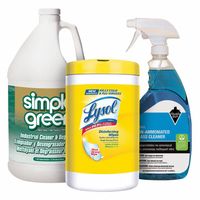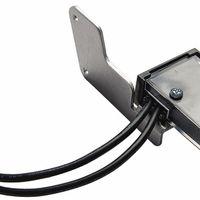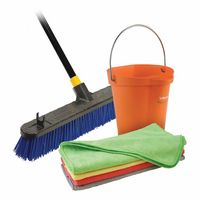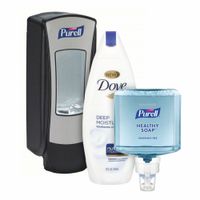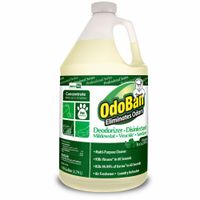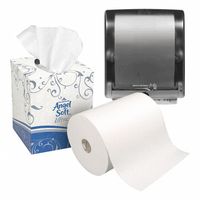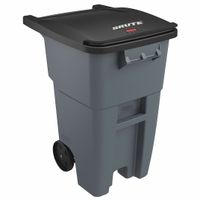Call +(254) 703 030 000 / 751 483 999 / 721 704 777
- Home
- Cleaning And Janitorial
.....Read More
Frequently Asked Questions
What are the best cleaning products for home use?
For general home cleaning, versatile products like all-purpose cleaners, dish soap, and white vinegar are highly effective. All-purpose cleaners are great for surfaces, dish soap cuts grease on various materials, and white vinegar disinfects and removes hard water stains. For specific tasks, consider baking soda for scrubbing, hydrogen peroxide for sanitizing, and microfiber cloths for streak-free cleaning. Always check product labels and use proper ventilation.
How often should I clean my house?
The ideal frequency for cleaning your house depends on various factors, including the number of people and pets in your household, your lifestyle, and your tolerance for mess. Generally, light cleaning tasks like wiping down counters, sweeping floors, and tidying up should be done daily or every few days. More thorough cleaning, such as vacuuming, mopping, and cleaning bathrooms and kitchens, is typically recommended weekly. Deep cleaning, which involves tasks like washing curtains, cleaning carpets, and decluttering, can be done monthly or quarterly. Regular maintenance helps prevent the buildup of dirt and grime, making daily and weekly cleaning more manageable.
What is the best way to clean hardwood floors?
To clean hardwood floors, start by dusting or vacuuming to remove loose dirt and debris. For a deeper clean, use a hardwood floor cleaner specifically designed for sealed wood. Spray a small section and wipe with a microfiber mop, rinsing the mop frequently. Avoid excessive water, as it can damage wood. For stubborn spots, a slightly damp cloth with a mild cleaner can be used, but always dry the area immediately. Regular maintenance prevents build-up and keeps your floors looking their best. Avoid abrasive cleaners or steam cleaners, which can dull or damage the finish.
How do I remove tough stains from carpets?
To remove tough stains from carpets, act quickly. Blot, don't rub, with a clean cloth. For most spills, a mixture of warm water and a small amount of mild dish soap can be effective. Apply it sparingly and blot. For tougher oil-based stains, a solvent-based cleaner designed for carpets might be necessary, but always test in an inconspicuous area first. For pet stains, an enzymatic cleaner is recommended to neutralize odors. Always follow the product's instructions and ensure good ventilation. If the stain persists, consider professional carpet cleaning.
What are eco-friendly cleaning solutions?
Eco-friendly cleaning solutions are products designed to minimize harm to the environment and human health. They typically utilize natural, biodegradable ingredients derived from plants or minerals, avoiding harsh chemicals like phosphates, chlorine bleach, and ammonia, which can pollute waterways and contribute to indoor air pollution. Examples include vinegar, baking soda, lemon juice, and essential oils, which can be effective disinfectants and deodorizers. Many commercial eco-friendly cleaners also exist, often certified by organizations like the EPA's Safer Choice program, ensuring they meet specific environmental and health standards. Using these solutions reduces exposure to toxins, protects ecosystems, and promotes a healthier living space.
How can I disinfect my home effectively?
To effectively disinfect your home, focus on high-touch surfaces such as doorknobs, light switches, countertops, and remote controls. Use disinfectants approved by health organizations, following product instructions for contact time. Regular cleaning with soap and water before disinfecting helps remove dirt and grime, allowing the disinfectant to work more effectively. Ensure good ventilation while cleaning. For soft surfaces like carpets or upholstery, use appropriate cleaners or steam. Consistent and thorough disinfection, especially during times of increased illness, helps maintain a healthier living environment for everyone.
What is the difference between cleaning, sanitizing, and disinfecting?
Cleaning removes dirt and debris using soap and water, but doesn't kill germs. Sanitizing reduces germs to a safe level, typically by 99.9%, often using chemical solutions, to minimize the risk of infection. Disinfecting, on the other hand, kills nearly all germs, including bacteria, viruses, and fungi, on hard, non-porous surfaces. It's a more rigorous process aimed at preventing the spread of illness. The choice between them depends on the situation and the level of germ reduction required. For general cleanliness, cleaning is sufficient; for food contact surfaces, sanitizing is important; and for high-touch areas or after contamination, disinfecting is crucial.
How do I clean and maintain stainless steel appliances?
To clean stainless steel appliances, use a microfiber cloth dampened with warm water and a small amount of mild dish soap. Wipe in the direction of the grain to avoid streaks. For stubborn smudges, a stainless steel cleaner or a mixture of vinegar and water can be effective. Apply the cleaner to the cloth, not directly to the appliance. After cleaning, dry thoroughly with a clean, dry microfiber cloth to prevent water spots. To maintain their shine, regularly wipe down surfaces and promptly address spills. Avoid abrasive cleaners, steel wool, or harsh chemicals, as these can scratch or damage the finish.
What are the essential tools for professional janitorial services?
Essential tools for professional janitorial services include a comprehensive array of equipment and supplies. Key items are high-quality vacuums (upright, canister, and backpack models for versatility), microfiber cloths and mops for effective cleaning and dust capture, and a range of cleaning solutions tailored for different surfaces (e.g., all-purpose, glass, disinfectant, floor cleaners).
Other crucial tools involve floor care machines like buffers, scrubbers, and polishers for hard floors, and carpet extractors for deep cleaning carpets. Buckets, spray bottles, squeegees for windows, dustpans, brushes, and waste receptacles are also fundamental. Personal protective equipment (PPE) such as gloves, masks, and eye protection is vital for safety. Specialized tools like high-reach dusting poles and pressure washers may also be necessary depending on the scope of services.
How can I create a cleaning schedule for my business?
To create an effective cleaning schedule for your business, start by identifying all areas that require cleaning and the frequency each area needs attention (daily, weekly, monthly, quarterly). Categorize tasks by type, such as dusting, vacuuming, disinfecting surfaces, or trash removal. Assign specific tasks to staff members or a cleaning crew, ensuring clear responsibilities. Incorporate a system for tracking completed tasks and conducting regular inspections to maintain standards. Consider using checklists or digital tools to streamline the process and ensure consistency. Finally, review and adjust the schedule periodically based on business needs and feedback.
